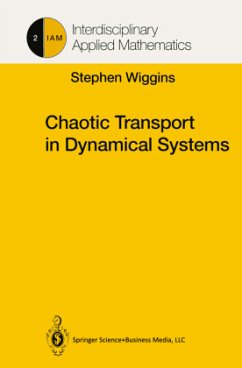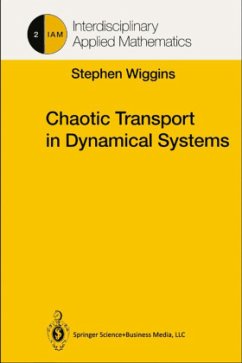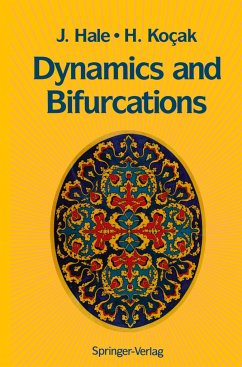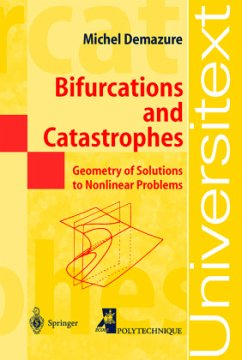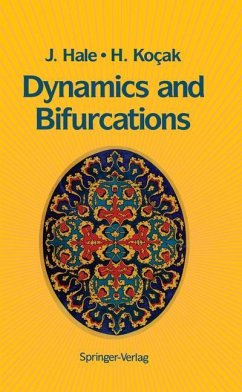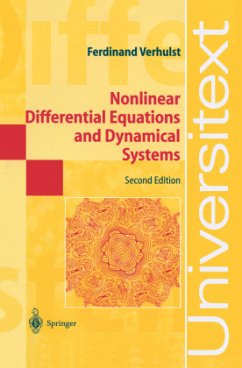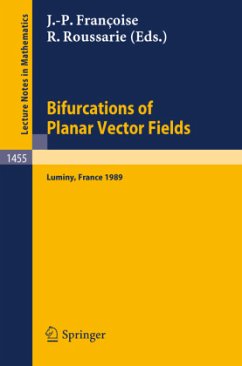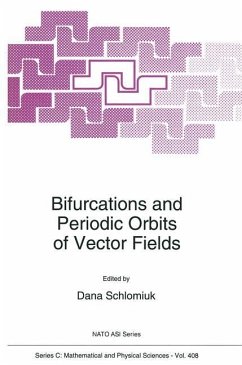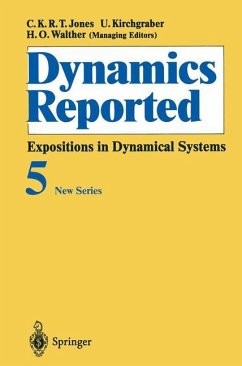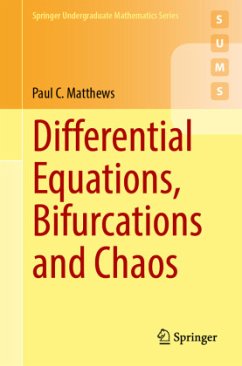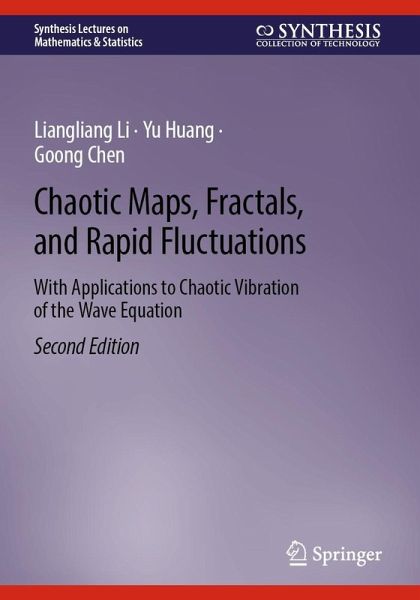
Chaotic Maps, Fractals, and Rapid Fluctuations
With Applications to Chaotic Vibration of the Wave Equation

PAYBACK Punkte
12 °P sammeln!
This book was developed from lecture notes for an introductory graduate course and provides an essential introduction to chaotic maps in finite-dimensional spaces. Furthermore, the authors show how to apply this theory to infinite-dimensional systems corresponding to partial differential equations to study chaotic vibration of the wave equation subject to various types of nonlinear boundary conditions. The book provides background on chaos as a highly interesting nonlinear phenomenon and explains why it is one of the most important scientific findings of the past three decades. In addition, th...
This book was developed from lecture notes for an introductory graduate course and provides an essential introduction to chaotic maps in finite-dimensional spaces. Furthermore, the authors show how to apply this theory to infinite-dimensional systems corresponding to partial differential equations to study chaotic vibration of the wave equation subject to various types of nonlinear boundary conditions. The book provides background on chaos as a highly interesting nonlinear phenomenon and explains why it is one of the most important scientific findings of the past three decades. In addition, the book covers key topics including one-dimensional dynamical systems, bifurcations, general topological, symbolic dynamical systems, and fractals. The authors also show a class of infinite-dimensional nonlinear dynamical systems, which are reducible to interval maps, plus rapid fluctuations of chaotic maps. This second edition includes updated and expanded chapters as well as additional problems.



